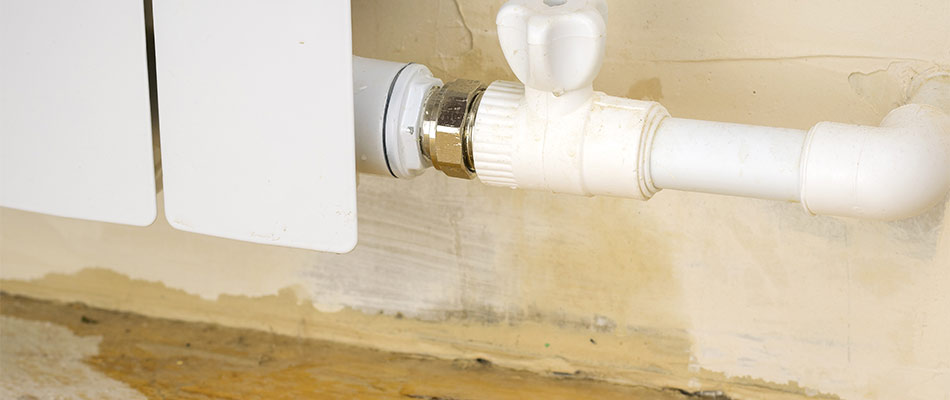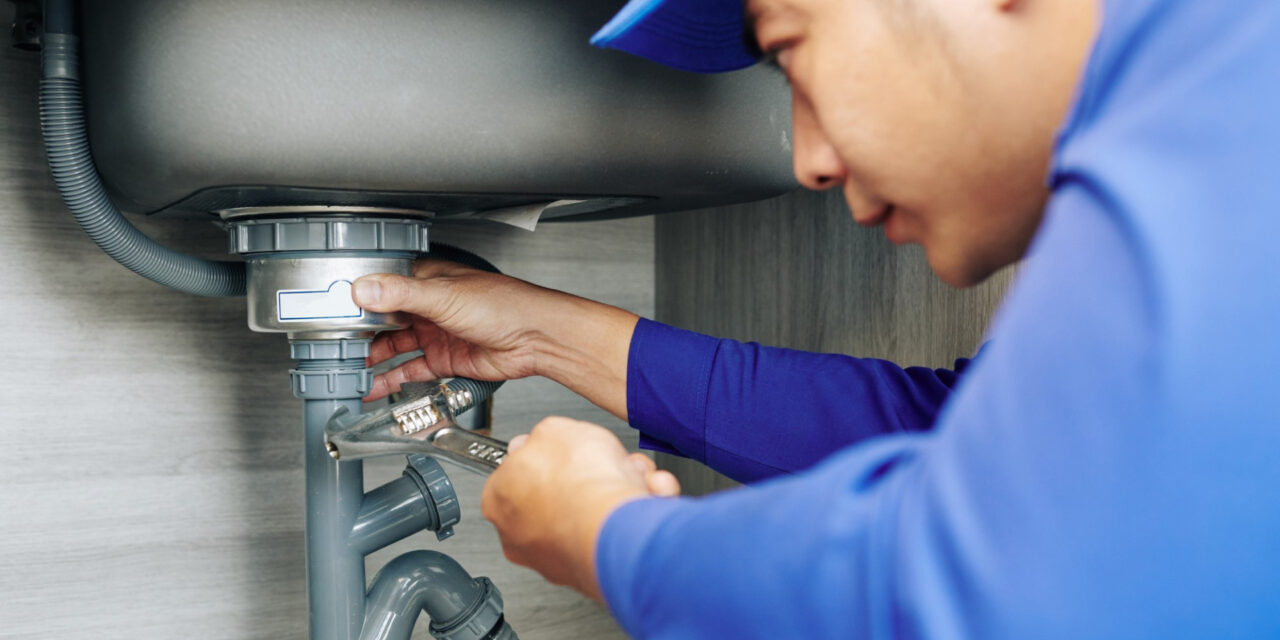6 Ways to Locate Concealed Water Leaks in Your House
6 Ways to Locate Concealed Water Leaks in Your House
Blog Article
This great article which follows involving Finding hidden leaks is quite fascinating. You should read it.

Early discovery of dripping water lines can mitigate a prospective disaster. Besides conserving you money, it will decrease the worry as well as frustration. The minute you find a leak, calling your plumber for repair work is the most effective remedy. Nonetheless, some small water leaks might not show up. Here are some hacks that help if you can not discover it with your nude eyes.
1. Check Out the Water Meter
Every house has a water meter. Checking it is a guaranteed way that helps you uncover leakages. For starters, switch off all the water resources. Make sure nobody will certainly flush, use the faucet, shower, run the cleaning equipment or dish washer. From there, most likely to the meter and also watch if it will certainly alter. Given that no one is utilizing it, there should be no movements. That suggests a fast-moving leakage if it relocates. Likewise, if you discover no changes, wait an hour or 2 and also examine back again. This means you may have a sluggish leak that could also be underground.
2. Inspect Water Intake
If you detect sudden changes, in spite of your usage being the same, it implies that you have leakages in your plumbing system. A sudden spike in your costs suggests a fast-moving leakage.
Meanwhile, a stable rise every month, despite the very same habits, shows you have a slow-moving leak that's likewise slowly rising. Call a plumber to extensively check your property, especially if you feel a cozy location on your flooring with piping below.
3. Do a Food Coloring Examination
30% comes from toilets when it comes to water intake. Test to see if they are running properly. Drop flecks of food color in the container as well as wait 10 mins. If the color somehow infiltrates your dish throughout that time without flushing, there's a leakage in between the tank and dish.
4. Asses Outside Lines
Do not fail to remember to check your outdoor water lines as well. Should water permeate out of the connection, you have a loosened rubber gasket. One little leakage can lose heaps of water as well as surge your water costs.
5. Evaluate as well as Evaluate the Situation
House owners need to make it a routine to inspect under the sink counters and also inside cupboards for any type of bad odor or mold and mildew development. These two warnings suggest a leakage so punctual focus is required. Doing regular evaluations, even bi-annually, can conserve you from a significant problem.
If you recognize your residence is already old, keep a careful eye on your heaters, tubes, pipelines etc. Look for discolorations as well as damaging as the majority of pipelines and home appliances have a life expectancy. They will likewise normally wear away due to tear as well as use. Don't wait for it to intensify if you presume dripping water lines in your plumbing system. Call a professional plumber right now so you don't end up with a horrible mess in your house.
Early discovery of dripping water lines can alleviate a prospective catastrophe. Some tiny water leaks might not be noticeable. Inspecting it is a surefire means that aids you uncover leakages. One tiny leak can throw away bunches of water and also surge your water bill.
If you believe dripping water lines in your plumbing system, don't wait for it to escalate.
How to Know If Your Home Has a Hidden Leak
Water Meter Reveals Inexplicable Water Usage
If you’d like to test whether or not there’s a leak somewhere in your home, you can do this using your water meter. Here is how to conduct the test:
Don’t use any water in your home for at least 30 minutes; this also means not turning on faucets or water-using appliances.
Go outside, and check your water meter for activity.
If your water meter shows that there was activity, even though no one was using any water, this proves that there is a leak in your home.Visible Mold or Mildew Growth
Leaks behind walls create moist, dark environments that allow mold and mildew to grow and thrive. Eventually, you might see mold growth forming on the wall closest to a hidden leak.
If mold is growing in an area that receives a high amount of moisture, such as a bathroom, it may simply be an indication that better ventilation is needed. However, if you see mold growth on a wall or the ceiling in an area where you would not expect, you probably have a hidden leak.
Musty, Mildew Odor
Sometimes you might not be able to see the mold or mildew that is growing as a result of a leak. However, the smell can give the problem away just as easily. If you catch a whiff of something musty, there’s a good chance that old water is collecting somewhere in your home that you can’t see.
Stained/Warped Walls, Ceilings, or Floors
When your home soaks up water, a variety of red flags can become visible, including ceiling stains, bubbling drywall, warped walls, and sagging floors. While these issues can be caused by excess humidity, they can also be signs that a pipe or plumbing connection has started leaking behind your walls.
Inexplicably High Water Bill
After a while, you get a general sense for what your water bill should be. If you own a pool or sprinkler system, your bill will tend to be higher during summer. However, if you receive a water bill that seems especially high, and you can’t figure out what caused it, then you may have a hidden leak somewhere that’s increasing your bill.
https://www.plumbingjoint.com/blog/2019/july/how-to-know-if-your-home-has-a-hidden-leak/

As an avid reader on Leaking water lines, I was thinking sharing that piece of content was a smart idea. Sharing is good. One never knows, you might be doing someone a favor. I truly appreciate reading our article about Locating water leaks.
Report this page